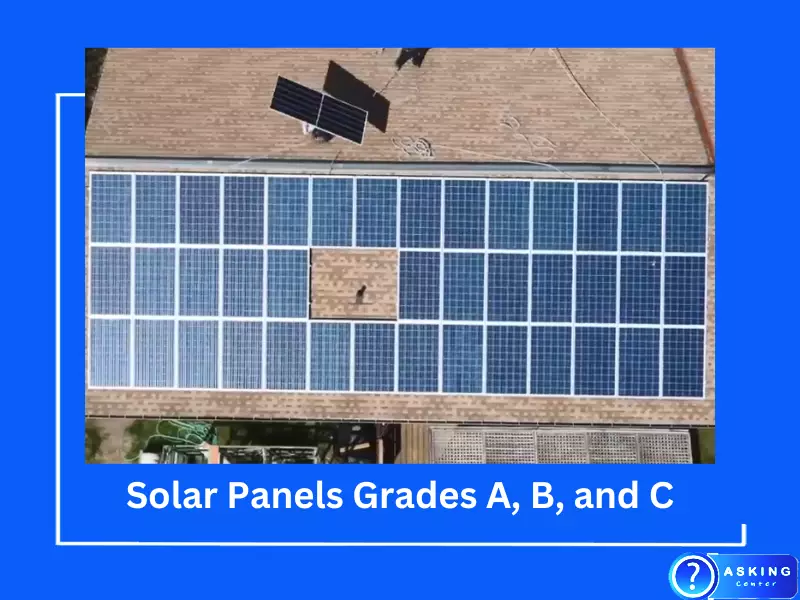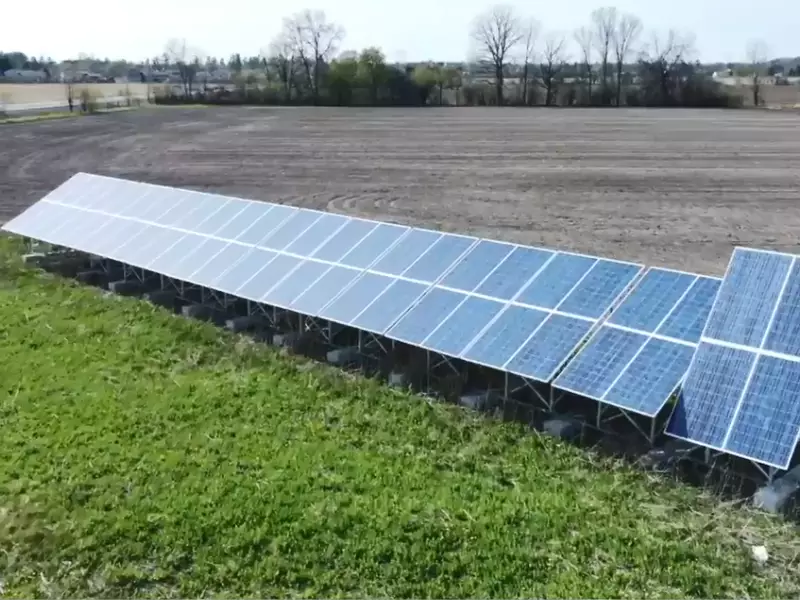Solar energy is emerging as an essential source of renewable energy worldwide. It’s an efficient and eco-friendly energy alternative that utilizes the immense power of the sun. Among the devices used to harness this energy, solar panels are significantly prominent due to their ability to convert sunlight directly into electricity.
Solar panels come in different grades – A, B, and C. Each grade has its unique characteristics, efficiency levels, and suitable applications. Understanding these grades is essential to make an informed decision when investing in a solar panel system.
Stick around as we delve deeper into the world of solar panels and their grades. We promise you’ll leave with a wealth of knowledge that will guide you to make the best decision for your solar energy needs.
A, B, or C, the Grading System for Solar Panels
How Many Grades Are There?
When categorizing solar panels based on their quality and efficiency, three grades come into play – A, B, and C.
How are Solar Panels Graded?
Solar panels are graded based on factors like cell alignment, absence or presence of impurities, and efficiency. A higher-grade panel indicates superior quality and higher efficiency.

Why is the Grading System Important?
The grading system helps distinguish between solar panels in terms of performance and durability. It guides users in making an informed decision tailored to their specific needs and budget.
Basics of Solar Panels
The Working Principle of Solar Panels
Solar panels operate on the principle of photovoltaics, where sunlight is converted into electricity. When light hits a solar cell, it excites the electrons, generating an electric current.
The Key Components of Solar Panels
The essential components of a solar panel include solar cells, glass casing, frame, back sheet, junction box, and encapsulant. Each plays a critical role in harnessing and converting solar energy into usable electricity.
Which Type of Solar Panel is Best For Home Use?
Solar panels’ choice depends on multiple factors such as location, energy needs, budget, and available space. Here’s a detailed look into the three grades of solar panels.
Grade A Solar Panels
Grade A solar panels are the highest quality. They have the highest efficiency, fewer defects, and come with a comprehensive warranty. They are perfect for locations with space constraints due to their high power output.
Grade B Solar Panels
Grade B panels are slightly less efficient than Grade A. They may have minor cosmetic imperfections, but these don’t significantly impact their performance. They strike a balance between cost and efficiency, making them suitable for various residential applications.
Grade C Solar Panels
Grade C panels have the lowest efficiency and may contain several defects. However, they are the most affordable. For areas with plenty of space for panel installation, or where budget is a primary concern, these can be a viable option.

Types of Defects in Solar Panels
Defects in solar panels can affect their performance and durability. Here are some of the most common types:
Color Deviation
This occurs when the solar cells exhibit different color shades, possibly affecting the panel’s aesthetic appeal and performance.
Paste Leakage
In some cases, silver paste used for busbars may leak onto the solar cells, causing a decline in efficiency.
Large Bend
Solar panels should be flat. Any large bend or deformity could result in physical stress on the cells, leading to potential damage.
Chipped Cell and Corner Breakage
Physical damage, like chipped cells or corner breakages, can occur during manufacturing or transportation. While mainly aesthetic, significant damage could affect performance.
Missing Busbars and Print
Busbars enhance the flow of electricity. Missing busbars or print could reduce the panel’s efficiency.
Water Marks
Watermarks occur due to improper cleaning or storage conditions. These defects, primarily aesthetic, could sometimes impact efficiency if they cover a substantial cell area.
Comparing Grades A, B, and C Solar Panels
Differences between Grades A, B, and C
The main differences between the grades lie in efficiency, defect levels, and cost. Grade A panels have the highest efficiency and cost, while Grade C panels have the lowest.
Similarities between Grades A, B, and C
Despite differences, all grades perform the same basic function – they convert sunlight into electricity. Also, they all require similar maintenance practices.
How to Choose the Right Solar Panel Grade
Consider factors like budget, space availability, energy requirements, and intended use when choosing a solar panel grade. Seek professional advice if needed, to ensure you select the best fit for your situation.
General Solar Panel FAQ
What Problems Do Solar Panels Solve?
Solar panels help to reduce dependency on fossil fuels, lower electricity bills, and reduce carbon footprint.
What Are 3 Important Uses Of Solar Panels?
Solar panels are used for electricity generation for homes and businesses, heating water, and powering remote devices.
Do Solar Panels Give You Free Electricity?
While there are costs associated with installation and maintenance, once installed, solar panels generate electricity from sunlight, which is free.
Conclusion
Choosing the right solar panel grade is a crucial step towards embracing solar energy. By understanding the differences between Grades A, B, and C, you can make a more informed decision that suits your needs and contributes to a sustainable future.
The investment in solar energy is not just a personal gain; it’s a step forward for global environmental well-being. Here’s to a greener planet, powered by the sun!
